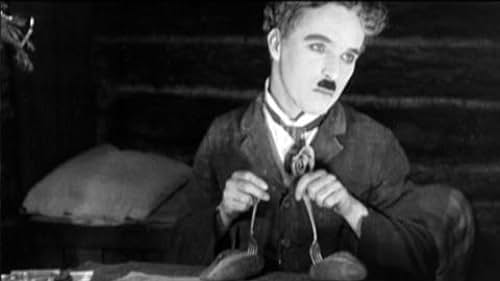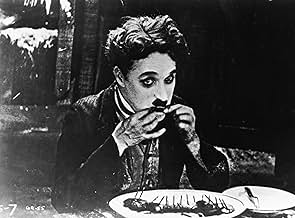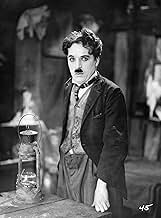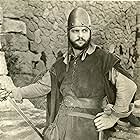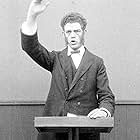IMDb RATING
8.1/10
121K
YOUR RATING
A prospector goes to the Klondike during the 1890s gold rush in hopes of making his fortune, and is smitten with a girl he sees in a dance hall.A prospector goes to the Klondike during the 1890s gold rush in hopes of making his fortune, and is smitten with a girl he sees in a dance hall.A prospector goes to the Klondike during the 1890s gold rush in hopes of making his fortune, and is smitten with a girl he sees in a dance hall.
- Nominated for 2 Oscars
- 5 wins & 3 nominations total
Jack Adams
- Man in Dance Hall
- (uncredited)
Frank Aderias
- Eskimo Child
- (uncredited)
Leona Aderias
- Eskimo Child
- (uncredited)
Lillian Adrian
- Woman in Dance Hall
- (uncredited)
Sam Allen
- Man in Dance Hall
- (uncredited)
Claude Anderson
- Man in Dance Hall
- (uncredited)
Harry Arras
- Man in Dance Hall
- (uncredited)
Albert Austin
- Prospector
- (uncredited)
F.J. Beauregard
- Man in Dance Hall
- (uncredited)
Marta Belfort
- Woman in Dance Hall
- (uncredited)
William Bell
- Man in Dance Hall
- (uncredited)
Francis Bernhardt
- Man in Dance Hall
- (uncredited)
- Director
- Writer
- All cast & crew
- Production, box office & more at IMDbPro
Storyline
Did you know
- TriviaSir Charles Chaplin stated that this was the film by which he most wanted to be remembered.
- GoofsWhen Big Jim is delirious and thinks The Lone Prospector is a chicken, The Lone Prospector removes a knife from the table and hides it in the bed. In one of the next shots, the knife is back on the table. Then in the next shot, it is gone again.
- Alternate versionsThere is a 1942 re-issue version, prepared by Charles Chaplin himself, which uses his own narration, music score, and editing (running time: 72 minutes). This version is the only one which has its copyright owned by the Chaplin Film company. Many scenes of the 1942 version derived from an alternate camera that was shooting simultaneously. This explains some of the very slight differences in camera angle, although Chaplin also deleted some footage in order to tighten the pacing (such as Big Jim and the Tramp's near-encounter in the Gold Rush town and the shot of a woman comforting another woman during the singing of "Auld Lang Syne".
- ConnectionsEdited into Werner Herzog Eats His Shoe (1980)
Featured review
Charles Chaplin's "The Gold Rush" is arguably his finest film. He stars as a wimpy prospector who decides to go to the Klondike in the hopes of striking it rich. What he does not realize is that he may find love (in the form of Georgia Hale) instead of money. In the end that may be all right with him. "The Gold Rush" shows everything that made Charles Chaplin the great performer, writer and director he was. Quite possibly the finest cinematic icon of the 20th Century, Chaplin showed humanity, love and an undying want to entertain all audiences throughout his stellar cinematic career. The movie is exceptional in every way. Although I am not as well-versed with movies from the 1920s as I am with the decades following it, I would still probably call "The Gold Rush" the finest film of that 10-year period. Oh how the cinema misses Charles Chaplin today. 5 stars out of 5.
- How long is The Gold Rush?Powered by Alexa
Details
Box office
- Budget
- $923,000 (estimated)
- Gross worldwide
- $31,490
- Runtime1 hour 35 minutes
- Color
- Sound mix
- Silent(original release)
- Aspect ratio
- 1.33 : 1
Contribute to this page
Suggest an edit or add missing content


